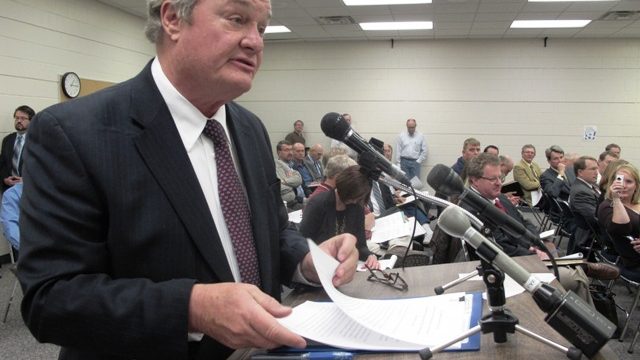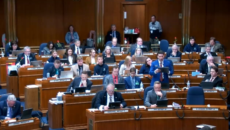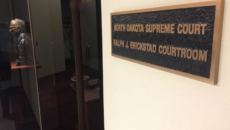Why Does North Dakota Need A 25% Increase In Human Services Spending?

North Dakotans have become used to stories, in the past few years, extolling the state’s booming economy. North Dakota has some of the fastest growing employment numbers, and lowest unemployment rates. Personal incomes in North Dakota are growing faster than anywhere else in the nation.
Yet, according to Governor Jack Dalrymple’s executive budget recommendations, we need a 25% increase in human services spending.
The governor’s budget, “Provides a total general fund appropriation for the Department of Human Services of $1,176.9 million, $235.9 million, or 25.1 percent, more than the $941.0 million appropriated for the 2011-13 biennium,” according to an analysis from Legislative Management’s Budget Section.
The budget increase is to cover departing federal funds (leaving thanks to the state’s growing prosperity), as well as increased funding for administration of programs like SNAP (food stamps). But the question is, why do we have to spend more tax dollars in these areas if the state is becoming more prosperous?
Some might argue that the oil boom has created issues of its own. Rising prices, including rising rate, are hurting the impoverished. The influx of workers creates needs for human services, too. That might be understandable, to a point, but if we accept that argument entirely we’re left with this reality:
Social services spending goes up in good times and in bad.
In years past, when the state wasn’t seeing the rapid growth in population and prosperity it’s seeing now, the Human Services budget went up. And now that we have rapid population growth and prosperity, the Human Services budget is still going up. And not at any small rate of increase, either. As is stated above, the governor’s 25% increase in spending takes the Human Services budget over $1 billion for the first time in state history.
Public assistance programs are supposed to provide a safety net. But when times are good, when work is plentiful, shouldn’t that safety net (and the burden it represents to the taxpayers) get smaller?
Update: Via Legislative Council, here’s the trend line for Human Services spending. Notice that the average biennium increase since 2001 has been more than 15%, and last biennium specifically Human Services got more than a 44% increase:

And here’s the breakdown by funding source (notice that federal funds are tapering off and being replaced by state general funds):

If the state is getting more prosperous, and I believe it is, shouldn’t these lines be trending down?







